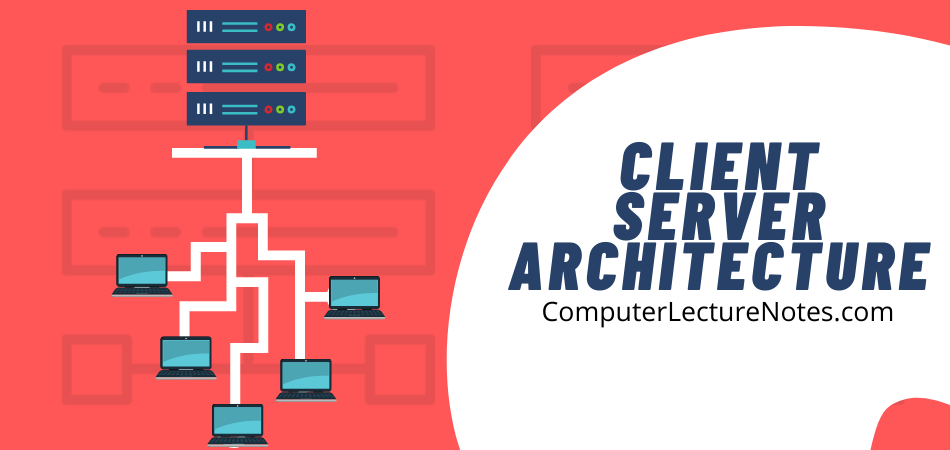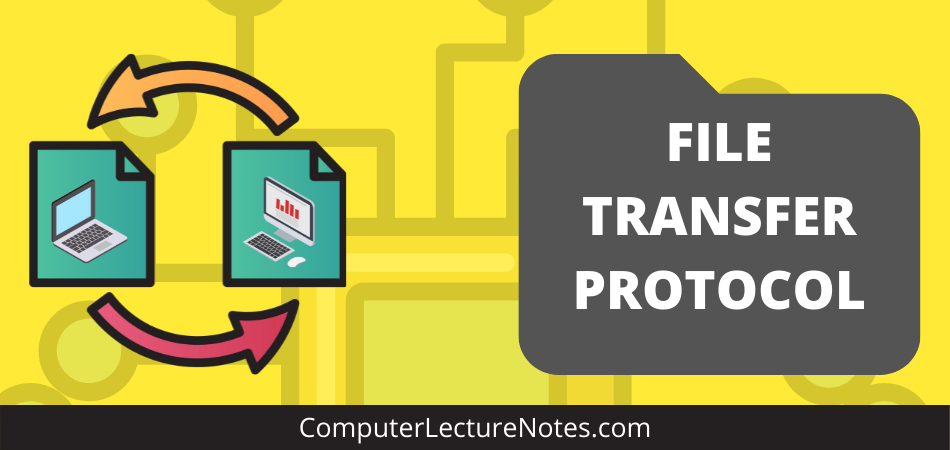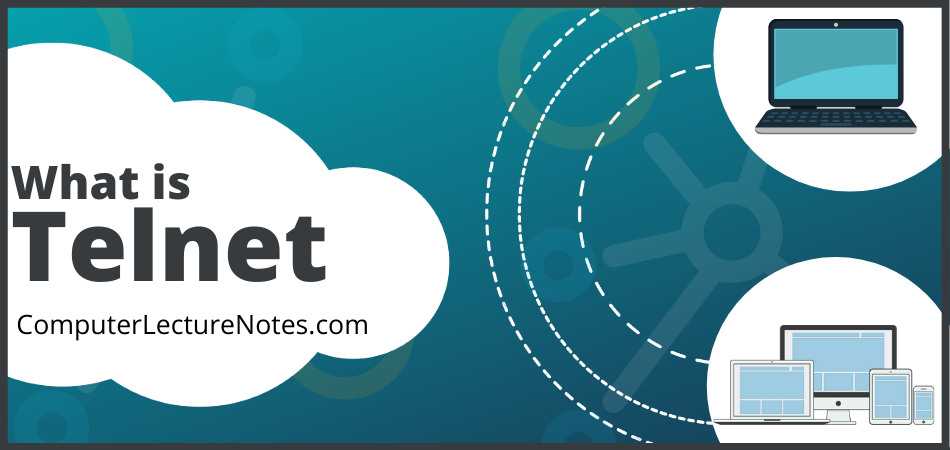The Client Server Architecture
The Internet revolves around the client-server architecture. Your computer runs software called the client and it interacts with software known as the server located at a remote computer. The client is usually a browser such as Internet Explorer, Netscape Navigator or Mozilla. Browsers interact with the server using a set of instructions called protocols. These protocols help in the accurate transfer of data through requests from a browser and responses from the server. There are many protocols available on the Internet. The World Wide Web, which is a part of the
- HTTP (Hypertext transfer Protocol): used on the World Wide Web (WWW) for transferring web pages and files contained in web pages such as images.
- FTP (File Transfer protocol): employed for transferring files from one machine to the other.
- SMTP (Simple Mail Transport Protocol): used for email.
- Telnet Protocol: Used to open telnet sessions.
The web employs a connection-less protocol, which means that after every client-server interaction the connection between the two is lost.
Let us now examine the client-server inter-communication with three models
Model #1 of the client-server architecture – Static HTML pages

The client (browser) requests for an HTML file stored on the remote machine through the server software. The server locates this file and passes it to the client. The client then displays this file on your machine. In this case, the HTML page is static. Static pages do not change until the developer modifies them.
Model #2 of the client-server architecture – CGI Scripts

The scenario is slightly different for CGI applications. Here the server has to do more work since CGI programs consume the server machine’s processing power.
Let us suppose you come across a searchable form on a web page that runs a CGI program. Let us also suppose you type in the word ‘computers’ as the search query. Your browser sends your request to the server. The server checks the headers and locates the necessary CGI program and passes it the data from the request including your search query “computers”. The CGI program processes this data and returns the results to the server. The server then sends this formatted in HTML to your browser which in turn displays the HTML page.
Thus the CGI program generates a dynamic HTML page. The contents of the dynamic page depend on the query passed to the CGI program.
Model #3 of the client-server architecture – Server side scripting technologies

The third case also involves dynamic response generated by the use of server side technologies. There are many server side technologies today.
- Active Server Pages (ASP): A Microsoft technology. ASP pages typically have the extension .asp.
- Personal Home Pages (PHP): An open source technology. PHP pages typically have .php, .phtml or .php3 file name extensions.
- Java Server Pages: .jsp pages contain Java code.
Server Side Includes (SSI): Involves the embedding of small code snippets inside the HTML page. An SSI page typically has .shtml as its file extension.
With these server technologies it has become easier to maintain Web pages especially helpful for a large web site. The developer needs to embed the server-side language code inside the HTML page. This code is passed to the appropriate interpreter which processes these instructions and generates the final HTML displayed by the browser. Note, the embedded server-script code is not visible to the client (even if you check the source of the page) as the server sends ONLY the HTML code.
Let’s look at PHP as an example. A request sent for a PHP page from a client is passed to the PHP interpreter by the server along with various program variables. The interpreter then processes the PHP code and generates a dynamic HTML output. This is sent to the server which in turn redirects it to the client. The browser is not aware of the functioning of the server. It just receives the HTML code, which it appropriately formats and displays on your computer.
The basic characteristics of client/server architectures are:
- Combination of a client or front-end portion that interacts with the user, and a server or back-end portion that interacts with the shared resource. The client process contains solution-specific logic and provides the interface between the user and the rest of the application system. The server process acts as a software engine that manages shared resources such as databases, printers, modems, or high-powered processors.
- Client or front-end portion task and server or back-end task have fundamentally different requirements for computing resources such as processor speeds, memory, disk speeds and capacities, and input/output devices.
- The environment is typically heterogeneous and multivendor. The hardware platform and operating system of client and server are not usually the same. Client and server processes communicate through a well-defined set of standard application program interfaces (API’s) and RPC’s.
- An important characteristic of client-server systems is scalability. They can be scaled horizontally or vertically. Horizontal scaling means adding or removing client workstations with only a slight performance impact. Vertical scaling means migrating to a larger and faster server machine or multiserver.




